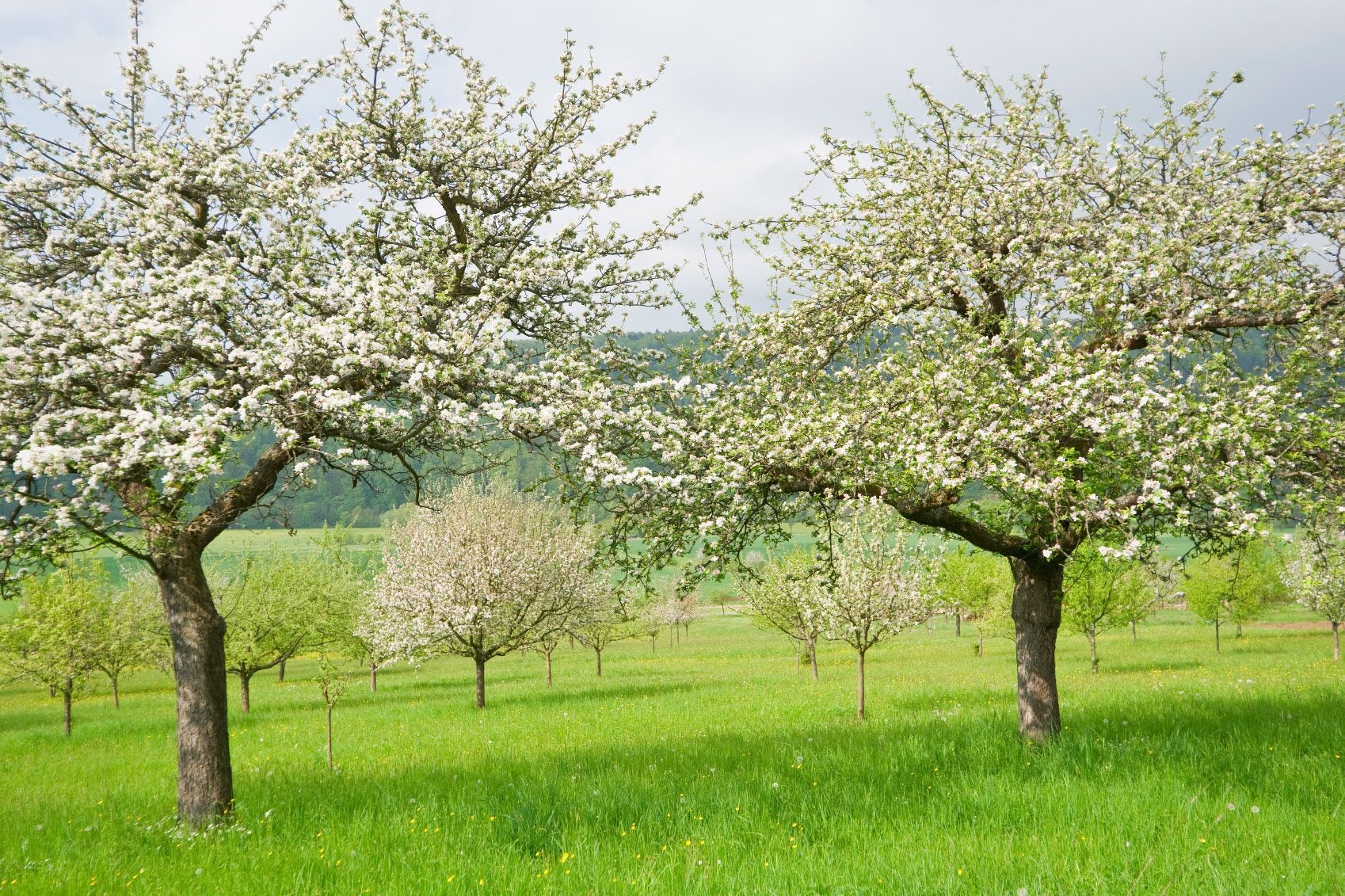Fruit Tree Spray Schedule: Tips On Proper Fruit Tree Spraying Times

When you first chose your fruit trees, you probably picked them from a tree catalog. The shiny leaves and gleaming fruits in the pictures are enticing and promise a delicious result after a few years of minimal care.
Unfortunately, fruit trees aren't the carefree plants you might hope they'd be. Pests and diseases affect fruit trees in every part of the country. Spraying fruit trees is the best way to avoid these problems, and they work best when they are done at the right time of the year. Let's learn more about when to spray fruit trees.
Fruit Tree Spray Schedule
Tips on proper fruit tree spraying times are normally dependent on the types of sprays used. Here are the most common types for spraying fruit trees and the best time for spraying trees to prevent future issues.
- General-purpose spray - The easiest way to take care of all possible pests and problems with your fruit trees is by using a general-purpose spray mixture. You won't need to identify every pest and disease that is bothering your tree, and it will cover those you might even miss. Check the label and use a mix that is labeled for fruit tree use only.
- Dormant sprays - To take care of scale insects, apply a substance called dormant oil. Dormant oils should be used early in the spring, before the leaf buds begin to open. They can cause damage to trees if you use them when the temperature drops below 40 degrees F. (4 C), so check the weather for the next week before using these oils. Most fruit trees only need dormant oils applied about every five years, unless there is a large infestation problem in the area.
- Fungicide sprays - Use a fungicidal spray early in the season to eliminate scab disease, such as with peaches. You can wait a bit longer in the spring to use this spray, but do so before the leaves have opened. These general purpose fungicides should always be used when the daytime temperatures are steadily around 60 degrees F. (15 C).
- Insecticidal sprays - Use insecticidal spray when the flower petals fall to take care of most fruit tree pests. The only exception to this rule for home use is probably the codling moth. To take care of this common insect, spray the trees again two weeks after the petals fall, and one final time in the middle of summer to take care of the second generation of moths that often arrives.
No matter what type of spray you're using on your fruit trees, take care to never use them just when the blooms are opening. This will avoid damaging the bees that are so important for pollination and fruit development. Note: Any recommendations pertaining to the use of chemicals are for informational purposes only. Chemical control should only be used as a last resort, as organic approaches are safer and more environmentally friendly.
Sign up for the Gardening Know How newsletter today and receive a free copy of our e-book "How to Grow Delicious Tomatoes".